Keloids can feel frustrating—unpredictable, persistent, and hard to manage. But there is hope. Whether you're dealing with a fresh scar or trying to soften one that’s been with you for years, silicone gel remains one of the most effective, gentle, and non-invasive tools available.
In this guide, we’ll walk you through how to use silicone gel to stop a keloid from growing—step by step. You’ll learn when to start, how to apply it, how long to use it, and how to maximize your results.
Let’s take the pressure off your skin—and your mind—with a smart, science-backed plan.
Why Silicone Gel Works for Keloids
Silicone has been used for scar care for over 30 years, with consistent success in managing hypertrophic and keloid scars. Here’s how it helps:
-
Forms a breathable barrier that keeps moisture in and bacteria out
-
Reduces excessive collagen production, which drives keloid growth
-
Softens, flattens, and fades raised scars over time
-
Relieves symptoms like itching, tightness, and discomfort
“Silicone gel sheeting has been shown to significantly improve the appearance of hypertrophic and keloid scars.”
— Mustoe et al., 2002
When to Start Using Silicone Gel
Start as soon as your wound is fully closed and the scab is gone. This is usually within 10–14 days of surgery, injury, or acne.
Early intervention can prevent abnormal scarring before it becomes a problem—but if your keloid is older, don’t worry. Silicone still has benefits, even on scars that are months or years old (O’Brien & Jones, 2013).
How to Apply Silicone Gel—Step by Step
|
step |
What to Do |
Why It Helps |
|
1 |
Gently wash and dry the area |
Ensures good adhesion and hygiene |
|
2 |
Apply a very thin layer of gel |
Creates a flexible, invisible barrier |
|
3 |
Let it dry completely (around 5 minutes) |
Prevents transfer to clothes or bedding |
|
4 |
Leave on for 12–24 hours/day |
Continuous wear gives better results |
|
5 |
Reapply after showering or sweating |
Keeps the treatment consistent |
Pro tip: Silicone gels like Rejuvasil dry clear, making them ideal for daytime use, even under sunscreen or makeup.
How Long Should You Use It?
Consistency matters most. You should:
-
Start early
-
Use daily for 8–12 weeks minimum
-
Continue up to 6 months or longer for more stubborn scars
“Improvements in scar height, color, and pliability typically appear within 2–3 months of regular silicone use.”
— Gold et al., 2014
Combine with Other Treatments (If Needed)
For larger or more persistent keloids, your dermatologist may recommend pairing silicone gel with:
-
Steroid injections – reduce inflammation and scar tissue
-
Laser therapy or cryotherapy – shrink the scar’s size
-
Pressure therapy – often used on earlobes or chest
“Combining modalities like corticosteroids and silicone improves outcomes in resistant keloids.”
— Ogawa, 2017
Why Choose Rejuvasil Silicone Scar Gel?
At Rejûvaskin, we know scar care is deeply personal. That’s why Rejuvasil was developed with gentleness and effectiveness in mind:
-
Medical-grade silicone trusted by professionals
-
Lightweight, invisible formula for everyday use
-
Non-irritating for sensitive skin
-
Works with makeup or SPF for seamless care
Rejuvasil fits into your lifestyle—quietly helping your skin heal while you focus on what matters most.
Quick Recap: Your Silicone Gel Keloid Care Plan
-
Start early once your skin is closed
-
Apply daily for at least 8–12 weeks
-
Use consistently—12 to 24 hours per day
-
Reapply after moisture (sweat, water)
-
Combine with other treatments if needed
-
Choose trusted products like Rejuvasil for peace of mind
Reclaim Your Skin’s Comfort and Confidence
Keloids may seem stubborn, but you’re stronger. With consistency, care, and the right support, you can stop keloids from growing—and help your skin heal in a way that feels healthy, not harsh.
Rejûvaskin is here for every step of your scar care journey—with products that work gently, effectively, and beautifully with your skin.
Works Cited
-
Gold, M. H., Foster, T. D., & Adair, M. A. (2001). Prevention of hypertrophic scars and keloids by the prophylactic use of topical silicone gel sheets following a surgical procedure in an office setting. Dermatologic Surgery, 27(7), 641–644. Retrieved from https://pubmed.ncbi.nlm.nih.gov/8113473/en.wikipedia.org+13pubmed.ncbi.nlm.nih.gov+13hmpgloballearningnetwork.com+13
-
Mustoe, T. A., Cooter, R., Gold, M. H., Hobbs, F. D. R., Ramelet, A.-S., Shakespeare, P., Stella, M., Téot, L., Wood, F., & Ziegler, U. (2002). International clinical recommendations on scar management. Plastic and Reconstructive Surgery, 110(2), 560–571. Retrieved from https://pubmed.ncbi.nlm.nih.gov/12142678/drthomasmustoe.com+4pubmed.ncbi.nlm.nih.gov+4ora.ox.ac.uk+4
- O'Brien, L., & Jones, D. J. (2013). Silicone gel sheeting for preventing and treating hypertrophic and keloid scars. The Cochrane database of systematic reviews, 2013(9), CD003826. https://doi.org/10.1002/14651858.CD003826.pub3
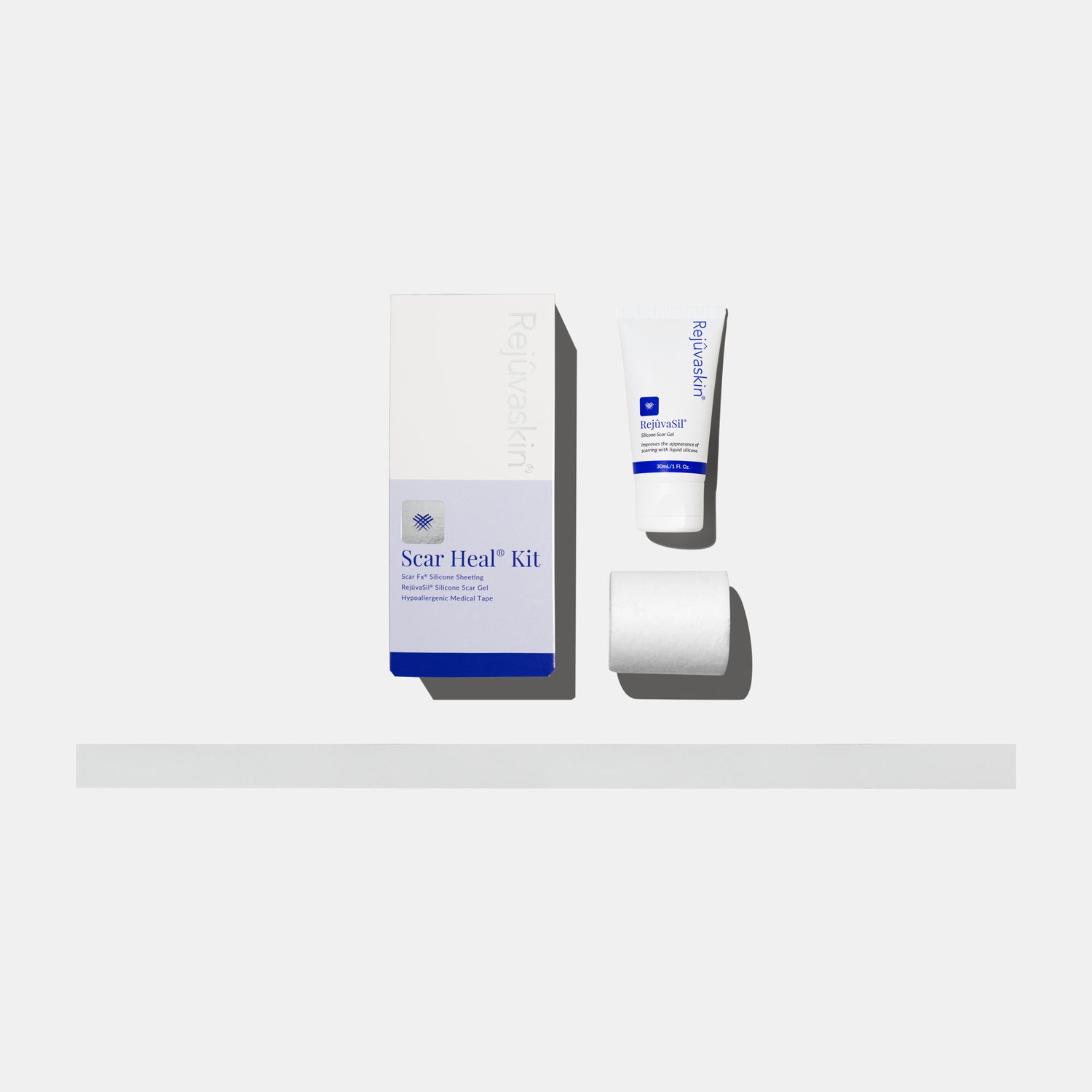


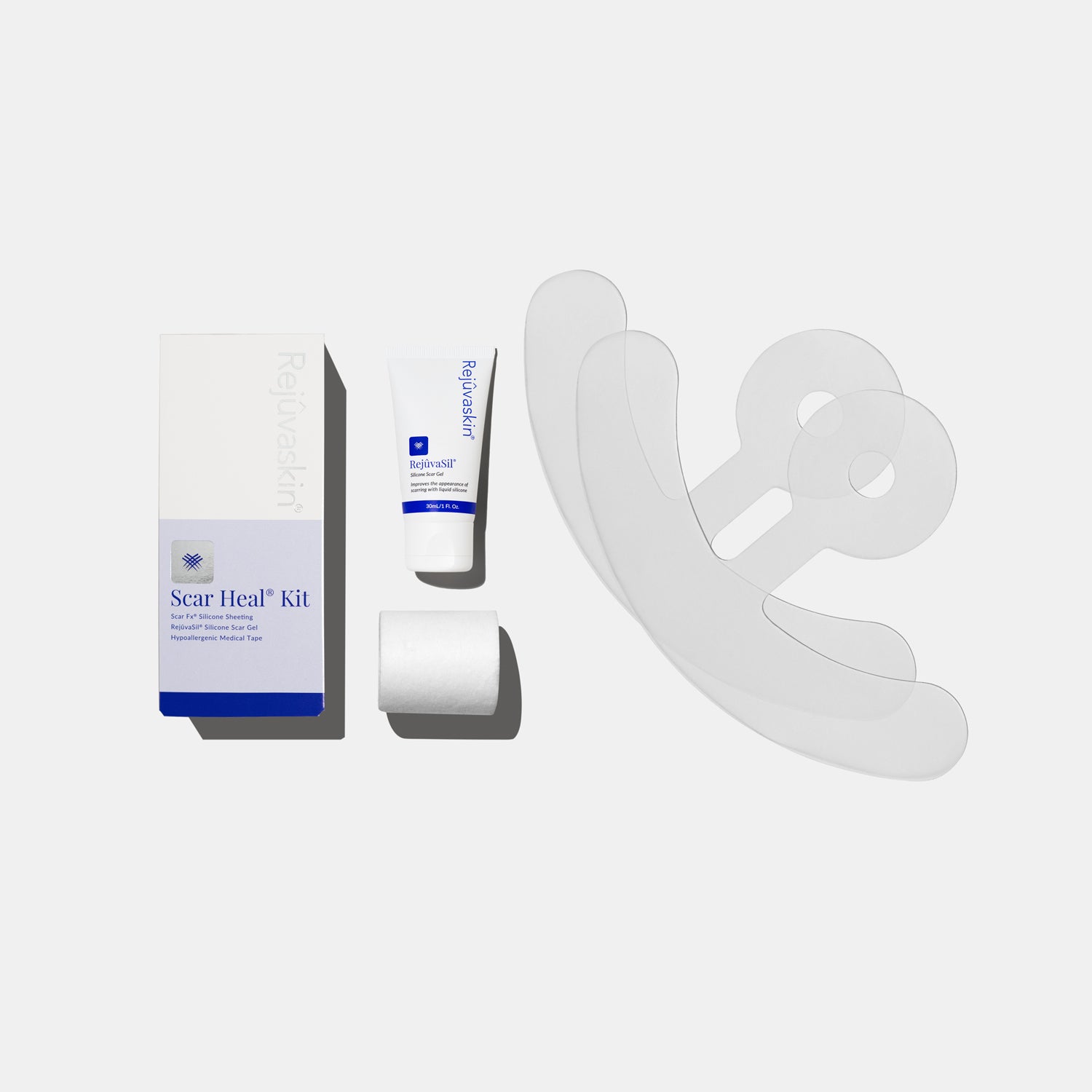
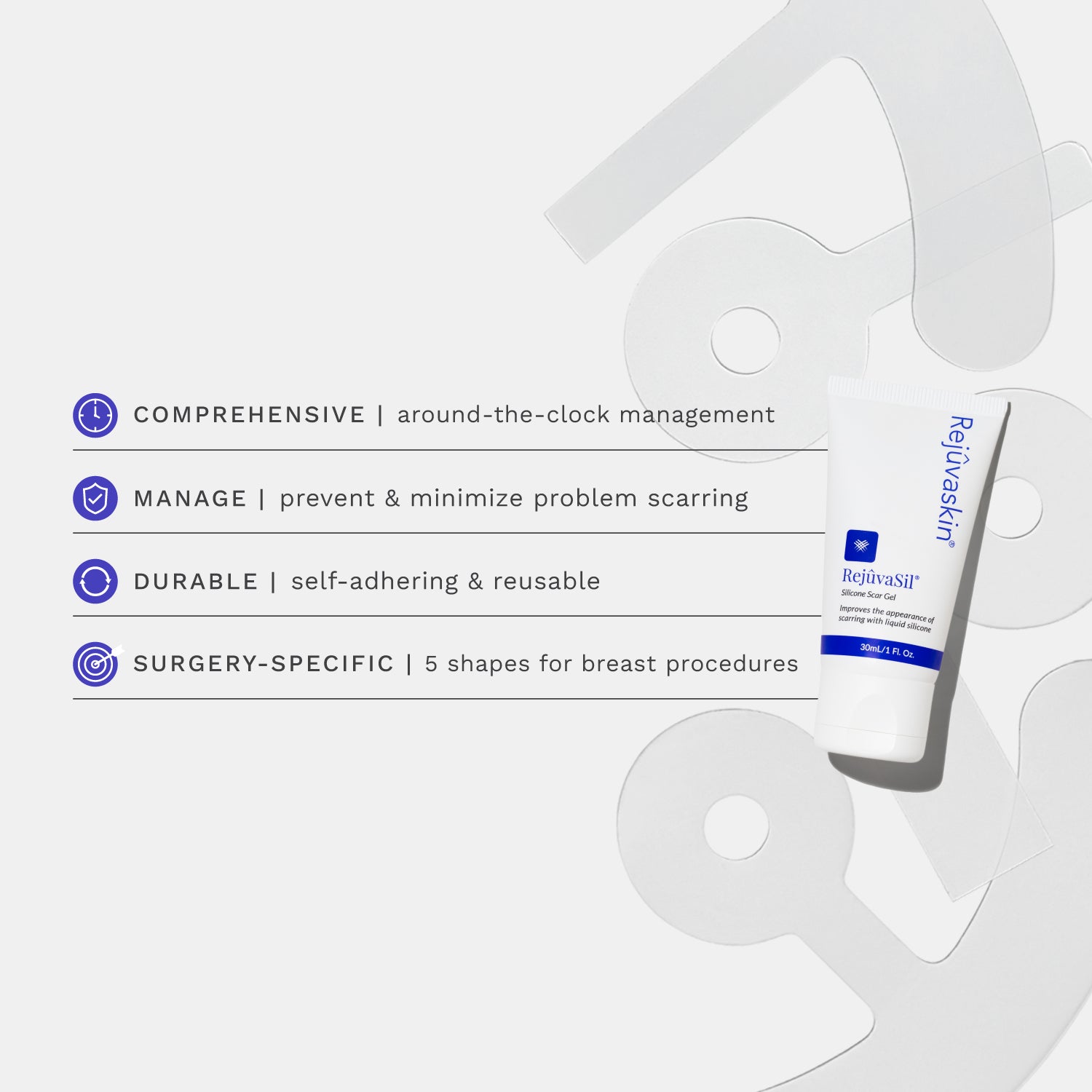
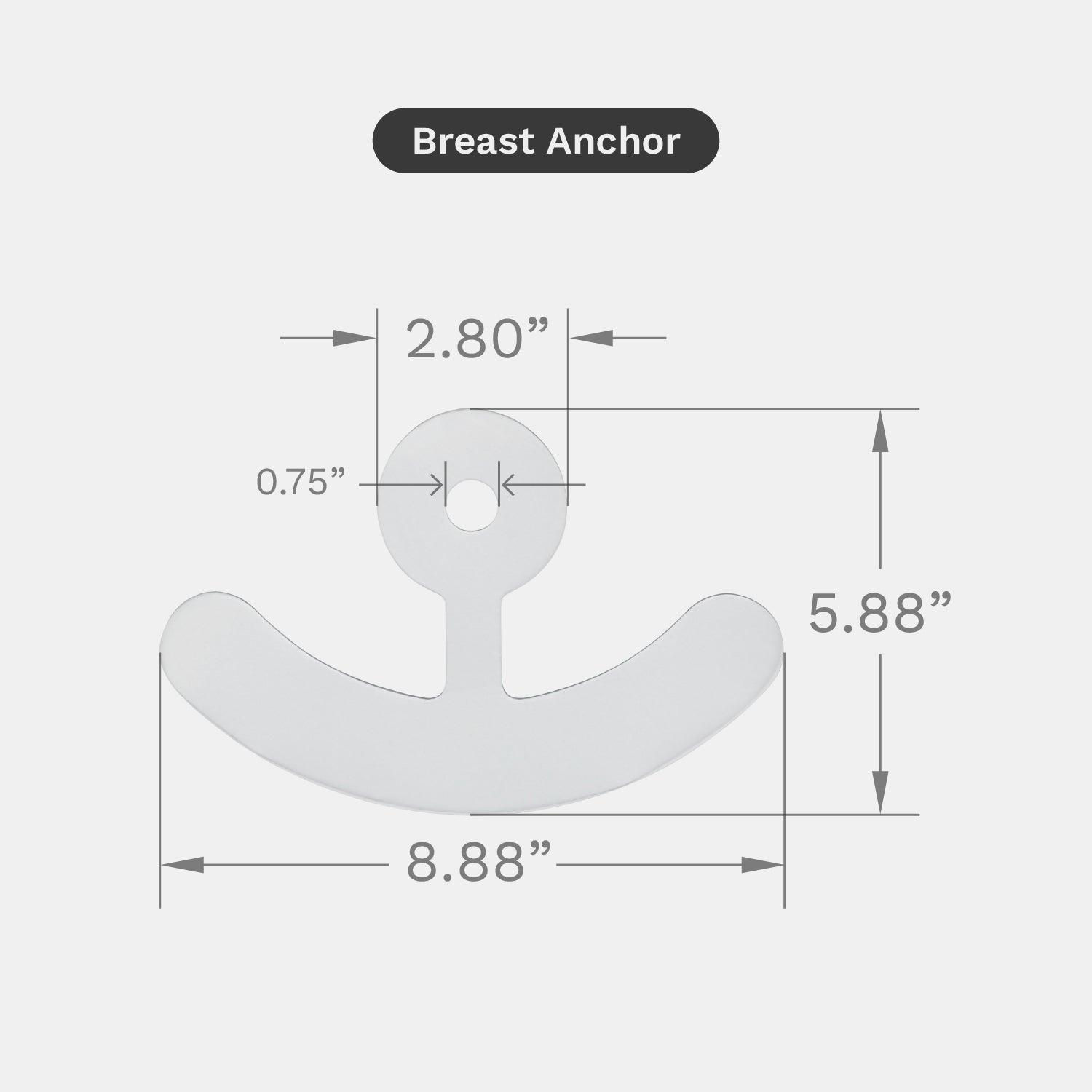
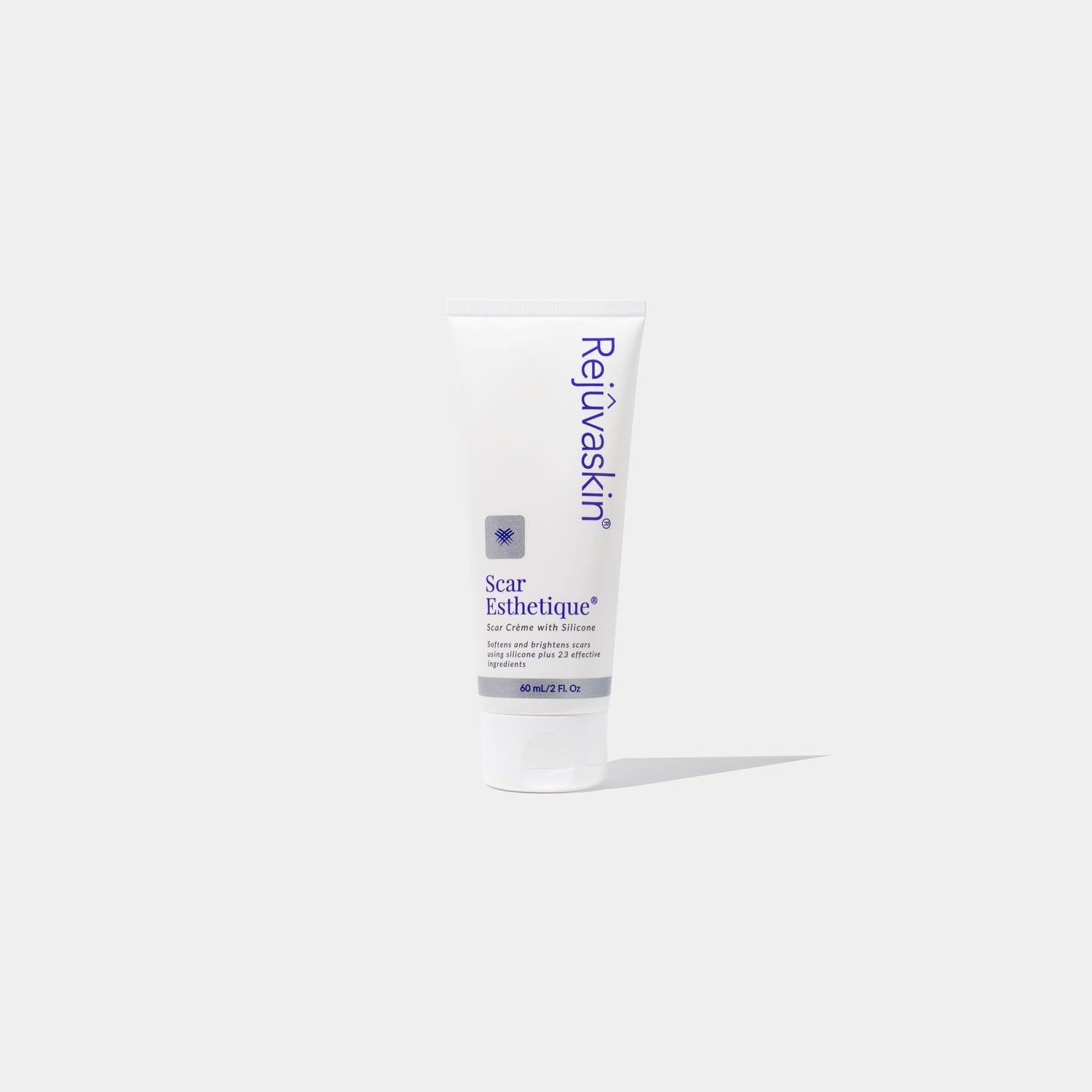
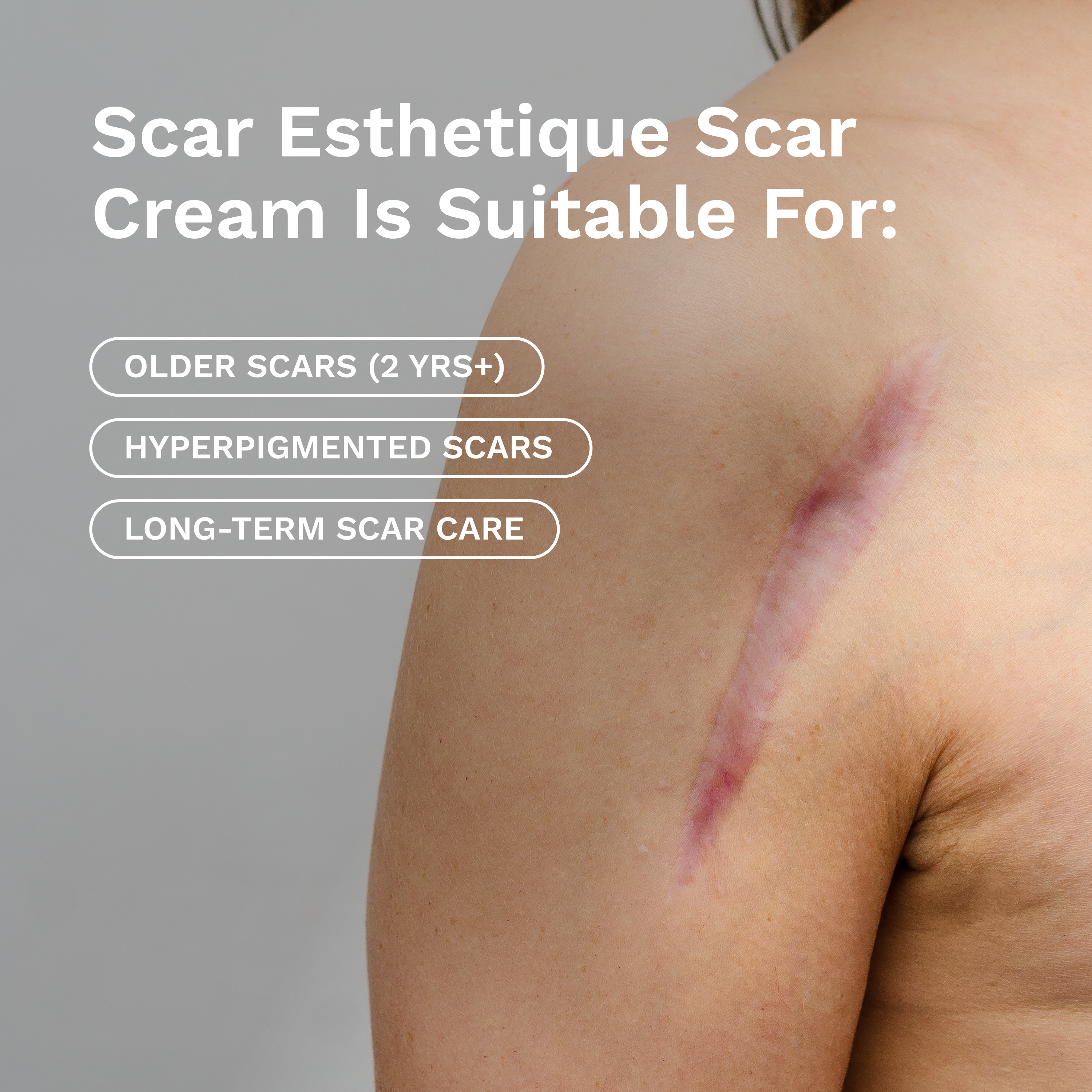









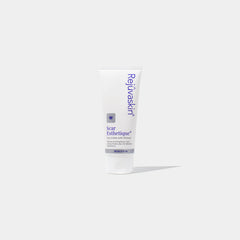
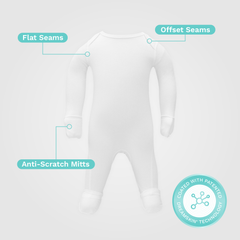


Leave a comment